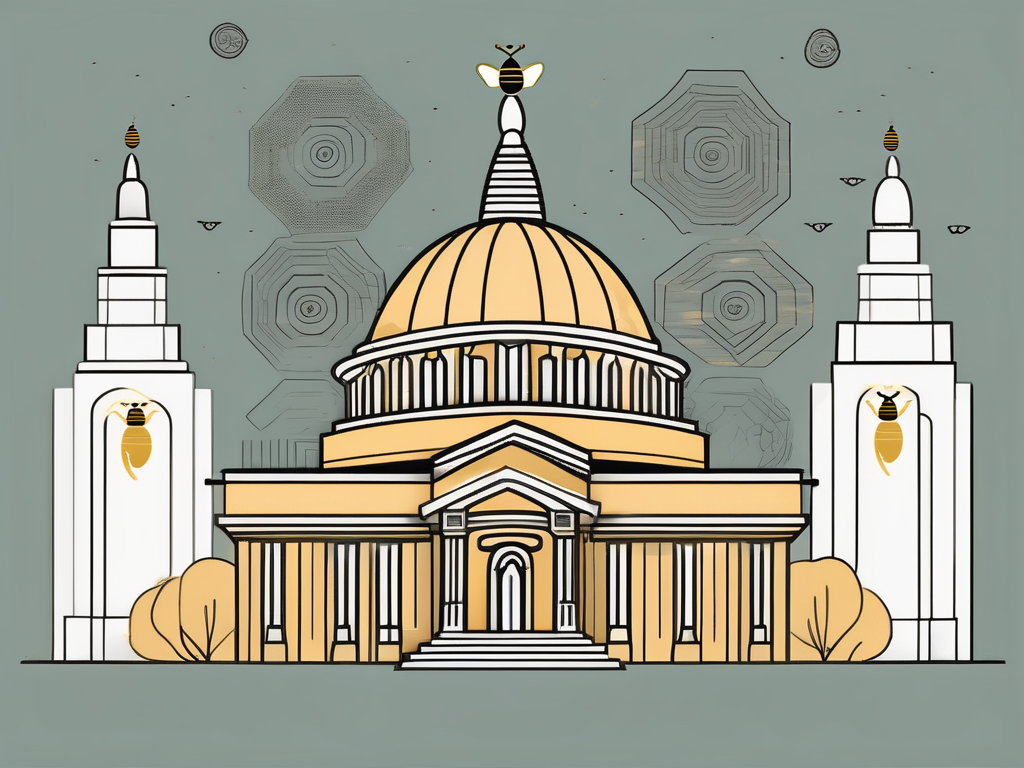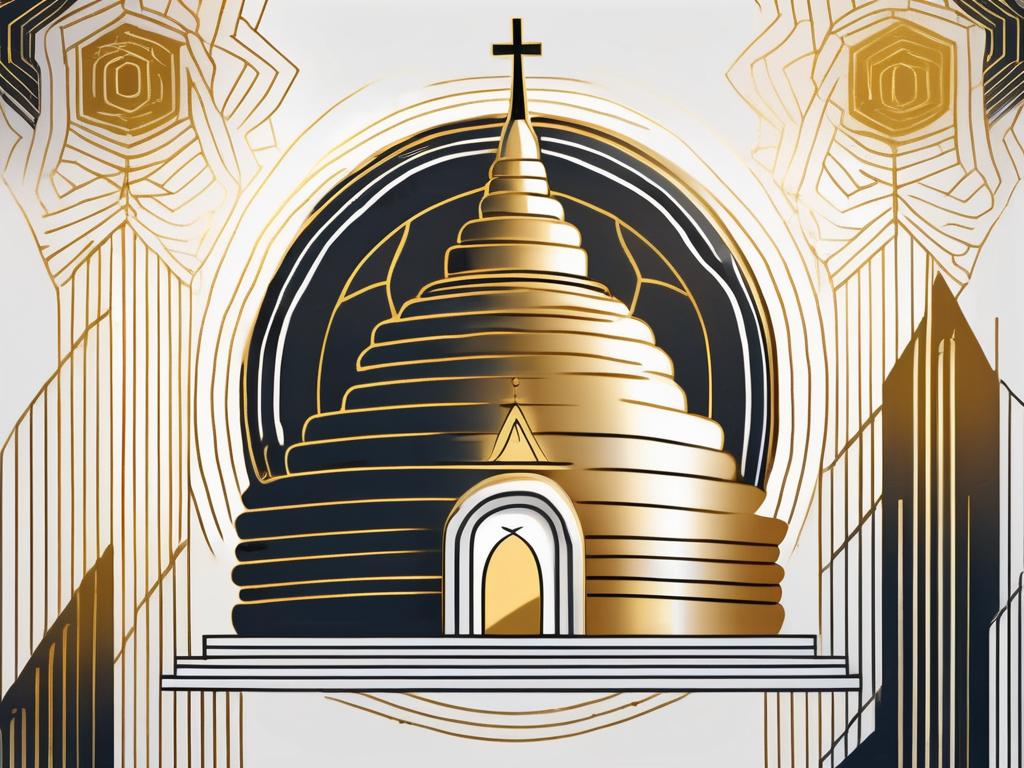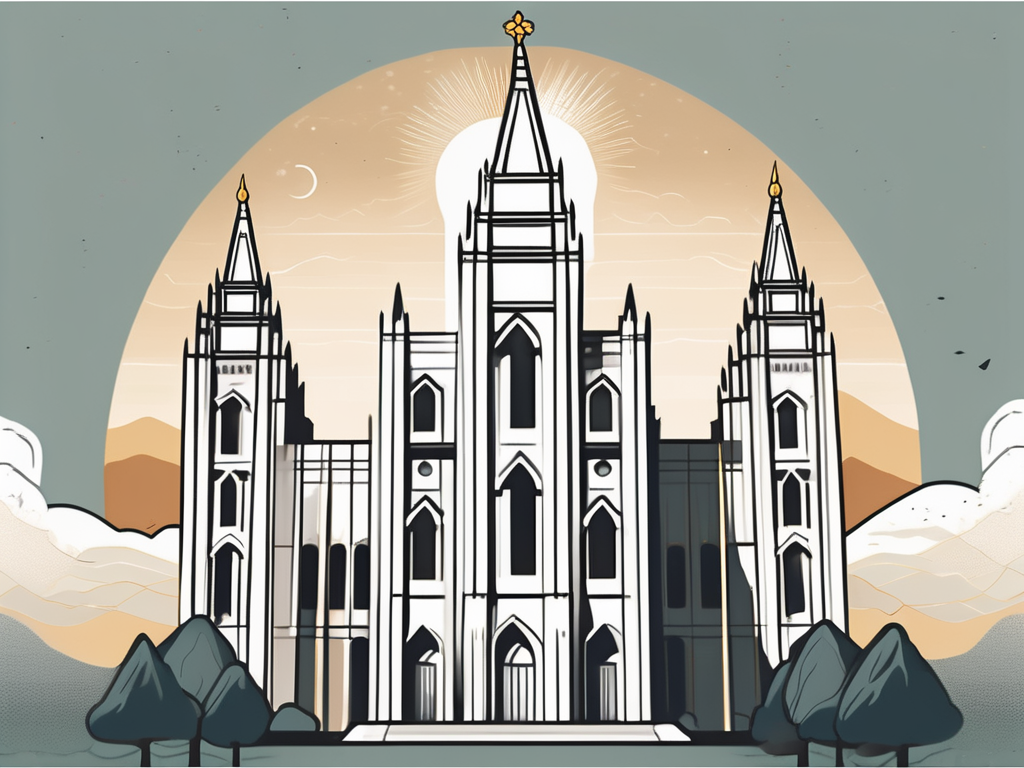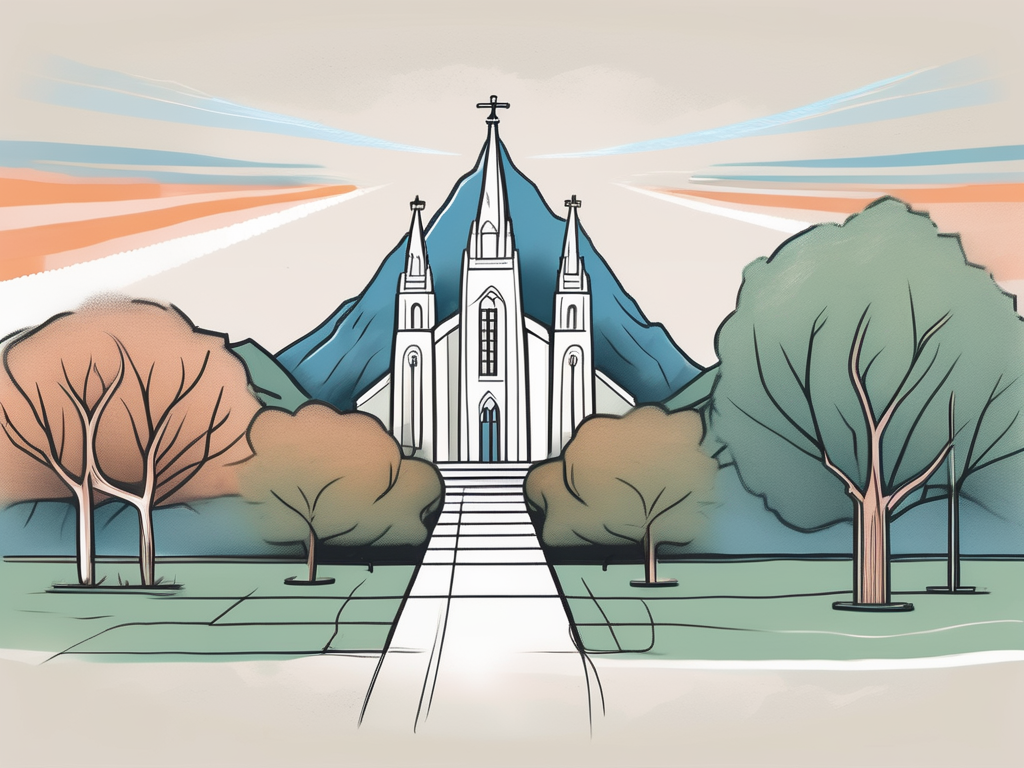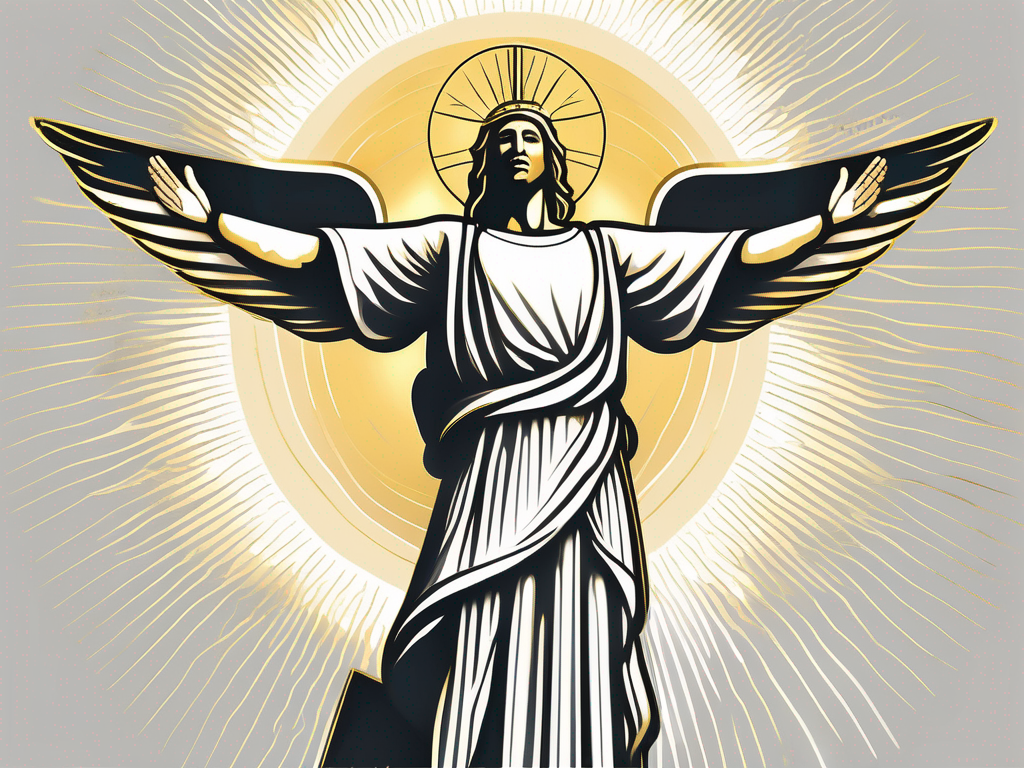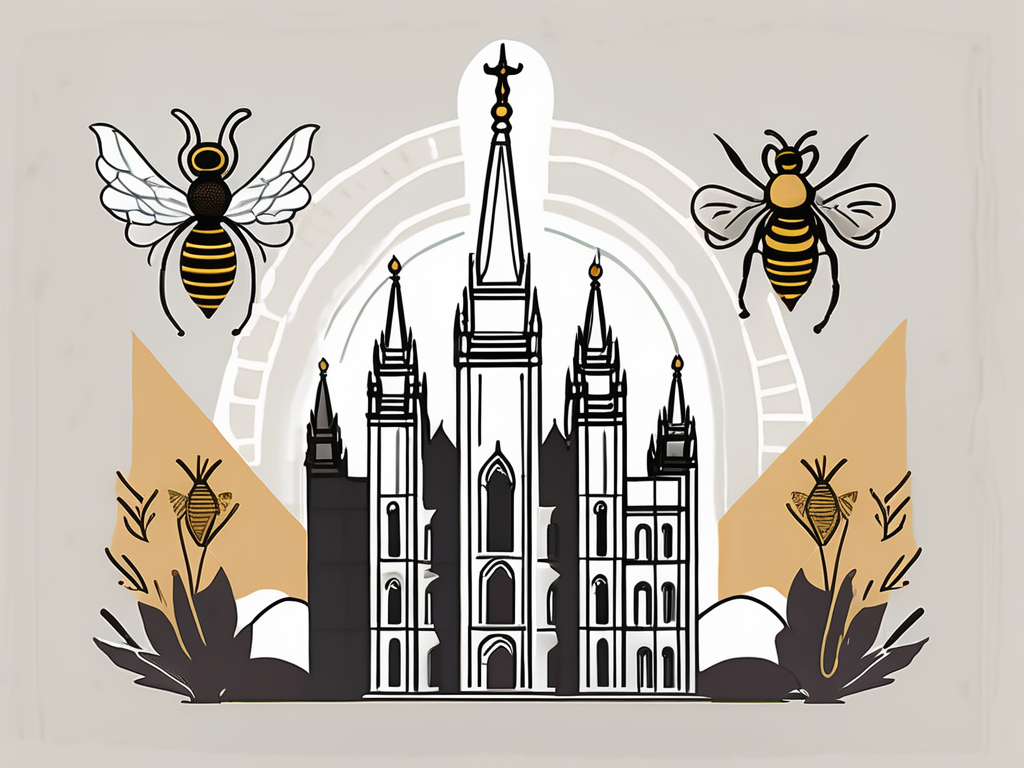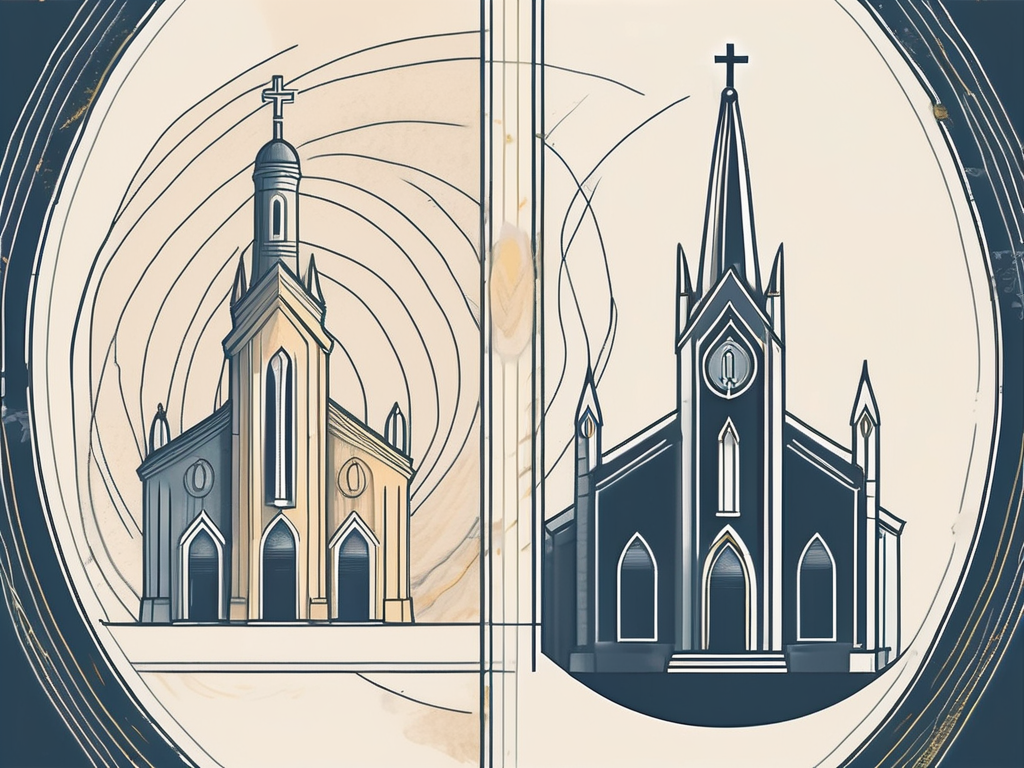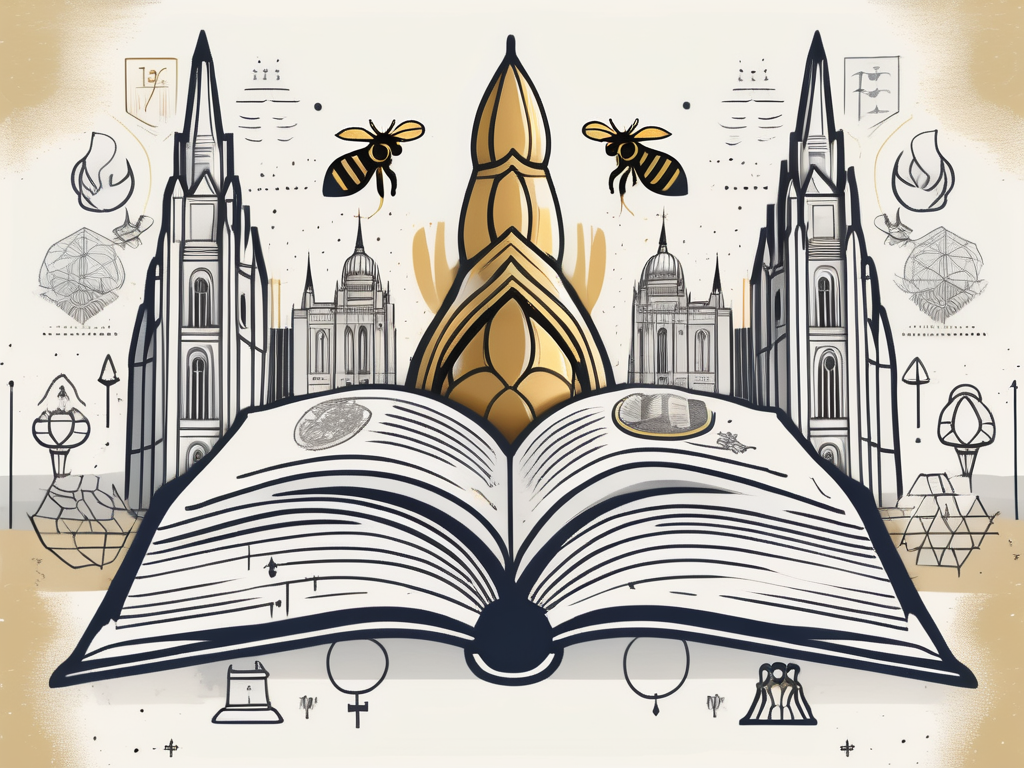LDS religion, also known as The Church of Jesus Christ of Latter-day Saints, is a unique and vibrant religious movement that has captured the attention of millions around the world. With its rich history, distinct beliefs, and notable impact on society, the LDS Church continues to inspire and intrigue both its followers and curious observers alike. In this article, we will delve into the depths of LDS religion, exploring its core tenets, practices, and controversies. So, grab a comfortable seat and come along on this fascinating journey!
Understanding the Basics of LDS Religion
The Origin and History of LDS Religion
The origins of LDS religion can be traced back to the early 19th century in the United States. Its founder, Joseph Smith, claimed to have received divine revelations, known as the Book of Mormon, which he believed were additional scripture alongside the Bible. These revelations formed the foundation of the LDS Church, and it quickly grew in membership.
Joseph Smith’s encounter with God and Jesus Christ, as well as his translation of the golden plates, which became the Book of Mormon, are significant events in the history of the LDS religion. These events are seen as a restoration of the true gospel and priesthood authority, which had been lost over time.
The early followers of Joseph Smith faced numerous challenges and persecution. They were driven from place to place, seeking a safe haven where they could freely practice their faith. Eventually, they found refuge in Nauvoo, Illinois, where they established a thriving community and built the Nauvoo Temple.
However, their time in Nauvoo was short-lived. The growing tensions between the LDS Church and the surrounding communities led to the martyrdom of Joseph Smith and his brother Hyrum Smith. This tragic event marked a turning point in the history of the LDS Church.
Following the death of Joseph Smith, Brigham Young emerged as the leader of the LDS Church. Under his guidance, the Latter-day Saints embarked on a remarkable journey known as the Mormon Pioneer Trek. They left Nauvoo and embarked on a perilous journey across the plains to the Salt Lake Valley, seeking a place where they could practice their religion in peace.
Their arrival in the Salt Lake Valley marked the beginning of a new chapter for the LDS Church. They worked tirelessly to establish a thriving community, transforming the arid desert into a prosperous settlement. The construction of the Salt Lake Temple became a symbol of their dedication and commitment to their faith.
Core Beliefs and Teachings of LDS Religion
At the heart of LDS religion are its core beliefs and teachings. Central to their faith is the belief that Jesus Christ is the Son of God and the Savior of mankind. They view themselves as followers of Christ, seeking to emulate His teachings and example in their daily lives.
The LDS Church places a strong emphasis on personal revelation and individual spiritual experiences. They believe that through prayer and seeking guidance from God, individuals can receive personal revelation to guide them in their lives.
In addition to the Bible, LDS members also believe in the Book of Mormon as scripture. They consider it to be a companion to the Bible, providing additional insights into the gospel of Jesus Christ and God’s plan for humanity.
Furthermore, the LDS Church places great importance on family and personal relationships. They believe in an eternal perspective, teaching that families can be together even after death. This belief in eternal families shapes many aspects of their lives and strengthens their commitment to creating strong familial bonds.
The LDS Church also places a strong emphasis on service and community involvement. They believe in reaching out to those in need and making a positive difference in the world. This commitment to service is evident in their extensive humanitarian efforts and volunteer work.
Another key aspect of LDS religion is the importance of temples. Temples are considered sacred spaces where individuals can make covenants with God and perform ordinances on behalf of themselves and their ancestors. The LDS Church has built temples around the world, providing opportunities for members to participate in these sacred rituals.
Overall, the LDS religion is a complex and rich faith tradition with a deep history and a strong sense of community. Its teachings and beliefs continue to inspire and guide millions of people around the world, shaping their lives and strengthening their relationship with God and each other.
The Role of Prophets in LDS Religion
The Concept of Modern Prophets
A distinctive feature of LDS religion is its belief in modern prophets. They believe that just as ancient prophets received divine guidance, there are living prophets on Earth today who receive revelation and direction for the Church and its members. These prophets serve as mediators between God and humanity, guiding the faithful through modern challenges.
These modern prophets are seen as a direct link to God, providing guidance and inspiration to the members of the LDS Church. They are believed to have the authority to receive revelation and communicate God’s will to the world. This belief in modern prophets sets the LDS Church apart from many other Christian denominations.
Members of the LDS Church look to these prophets for guidance on moral and spiritual matters. They believe that God leads His people through these prophets, and the teachings of the prophets are considered authoritative and binding. The words of the prophets are seen as a source of truth and wisdom, providing a roadmap for righteous living.
The Influence of Prophets on LDS Teachings
The guidance delivered by the prophets is manifested in the teachings of LDS religion. These teachings cover a wide range of topics, from personal morality to family relationships to the pursuit of education and self-improvement. The influence of prophets can be seen in the Church’s emphasis on wholesome living, service to others, and the importance of individual agency.
Prophets play a vital role in shaping the beliefs and practices of LDS members. Their teachings provide a framework for understanding the world and living a life in accordance with God’s will. The prophets’ words are seen as a source of inspiration and guidance, offering direction in a world filled with uncertainty.
Furthermore, the influence of prophets extends beyond the realm of personal conduct. They also play a role in expanding and clarifying doctrine as the needs of the modern world evolve. They provide insights and guidance on contemporary issues, allowing the Church to adapt and thrive in an ever-changing society.
For example, in recent years, the LDS Church has addressed topics such as technology, social media, and the challenges of modern communication. Prophets have provided counsel on how to navigate these new developments while staying true to the principles of the gospel. Their teachings offer a perspective that combines timeless principles with practical applications for the present day.
In addition to addressing contemporary issues, prophets also provide guidance on matters of eternal significance. They teach about the nature of God, the purpose of life, and the importance of salvation. Through their teachings, members of the LDS Church gain a deeper understanding of their relationship with God and the eternal potential that lies within each individual.
In conclusion, prophets play a central role in LDS religion. They are seen as a source of divine guidance and inspiration, providing teachings that shape the beliefs and practices of the LDS Church. Their influence extends to all aspects of life, from personal conduct to societal issues, and their words are considered authoritative and binding. The role of prophets in LDS religion is not only to guide the faithful through modern challenges but also to provide a framework for understanding the world and living a life in accordance with God’s will.
LDS Practices and Rituals
Worship Services in LDS Church
Gatherings at LDS meetinghouses provide members with the opportunity to worship and learn together. Sunday services consist of three main meetings: sacrament meeting, Sunday School, and priesthood or Relief Society meetings.
Sacrament meeting is a central part of LDS worship services. During this meeting, members partake of the sacrament, which consists of bread and water, as a reminder of Jesus Christ’s sacrifice. This sacred ordinance allows individuals to renew their baptismal covenants and seek forgiveness for their sins. The atmosphere in sacrament meeting is reverent and reflective, as members ponder on the Atonement and express gratitude for the Savior’s sacrifice.
Following sacrament meeting, members attend Sunday School, where lessons on various gospel topics are taught. Sunday School provides an opportunity for individuals to deepen their understanding of scripture, doctrine, and principles of the LDS faith. Teachers, often fellow members, prepare lessons that encourage discussion and personal application of the teachings.
After Sunday School, members separate into gender-specific groups for priesthood or Relief Society meetings. These meetings focus on spiritual instruction tailored to the needs and responsibilities of men and women in the LDS Church. In these gatherings, members discuss and study the scriptures, receive guidance from leaders, and strengthen their testimonies through shared experiences.
Worship services in the LDS Church are characterized by congregational participation. Members take turns offering prayers, giving talks, and sharing personal insights and testimonies. This active involvement fosters a sense of community and unity among the congregation, as individuals support and uplift one another in their spiritual journeys.
LDS Temple Rituals and Their Significance
The temples of the LDS Church hold a special place in the hearts of its members. These sacred buildings are distinct from meetinghouses and are reserved for ordinances that are considered essential for salvation and eternal progression.
Temple rituals, known as ordinances, are deeply meaningful and symbolic. They represent a sacred covenant between the individual and God, strengthening personal dedication to the principles of the gospel and providing a glimpse into the eternities. These ordinances include baptism, confirmation, marriage, and endowment.
Baptism and confirmation are the first ordinances individuals receive in the temple. Through baptism, individuals are cleansed from sin and make a commitment to follow Jesus Christ. Confirmation, which follows baptism, is the laying on of hands to bestow the gift of the Holy Ghost. These ordinances mark the beginning of one’s spiritual journey and membership in the LDS Church.
Marriage, or sealing, is another significant temple ordinance. In this sacred ceremony, couples are united for time and all eternity, not just until death. This eternal perspective on marriage is a central belief in the LDS faith and brings great comfort and hope to families.
The endowment is a comprehensive and symbolic ordinance that provides individuals with knowledge, blessings, and promises related to their eternal destiny. It involves instruction, covenants, and sacred clothing. The endowment ceremony is a deeply personal and spiritual experience, often described as a journey of self-discovery and enlightenment.
Access to temples is granted to members who are deemed worthy and ready to participate in these ordinances. To enter, individuals must meet specific requirements outlined by the Church, ensuring their commitment to living a righteous life. The temple is seen as a place of peace, holiness, and divine guidance, where members can draw closer to God and receive blessings for themselves and their families.
LDS Religion and Its Impact on Society
The LDS Church’s Humanitarian Efforts
Beyond the confines of its religious practices, the LDS Church is also actively involved in humanitarian work. Through its humanitarian aid program, the Church provides assistance to individuals and communities around the world during times of crisis and adversity.
Projects range from emergency response initiatives to long-term development projects aimed at improving health, education, and self-reliance. Through these efforts, the LDS Church seeks to fulfill its mandate to “care for the poor and needy” and make a positive difference in the lives of those in need.
LDS Church’s Stance on Social Issues
As society evolves, the LDS Church navigates the complexities of social issues while adhering to its fundamental principles. It holds firm to its beliefs on topics such as marriage and family, morality, and the sanctity of life.
While these positions have drawn both support and criticism, the LDS Church strives to promote open dialogue and understanding. It encourages its members to be engaged citizens, upholding their beliefs while respecting the rights and dignity of others.
Controversies and Criticisms of LDS Religion
Historical Controversies Surrounding LDS Church
Like any institution with a long history, the LDS Church has faced controversies and criticisms. During its early years, it experienced significant persecution, including the violent expulsion of its members from several states.
Additionally, historical practices such as plural marriage, which was discontinued over a century ago, have been a subject of scrutiny. These controversial aspects of the Church’s past continue to shape public perception and fuel ongoing discussions and debates.
Modern Criticisms and LDS Church’s Response
In the modern era, the LDS Church continues to face criticism and challenges. From doctrinal disagreements to social issues, these debates sometimes put the Church in the spotlight.
However, the LDS Church actively addresses these concerns and strives to promote understanding and unity. It encourages open dialogue and emphasizes the importance of faith in personal growth and seeking answers to challenging questions.
In conclusion, LDS religion offers its followers a unique spiritual journey filled with rich history, distinct beliefs, and community engagement. From its origins in the early 19th century to its impact on society today, the LDS Church continues to leave an indelible mark on the lives of its members and the communities in which they reside. Whether or not you share the same beliefs, exploring the comprehensive overview of LDS religion can provide valuable insights into the diversity and complexity of religious experiences around the world.
